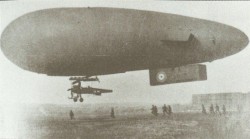Speed, the need for
Last year I was playing with a plotting program for Mac OS X, which was pretty good, but not quite satisfactory. I’ve found a better one, Plot, which is free (as in beer), fairly easy to use, and very customisable. It has its own idiosyncrasies, but I like it a lot. Here’s an example plot, […]






